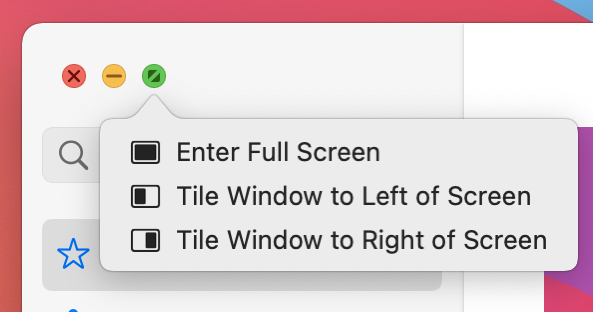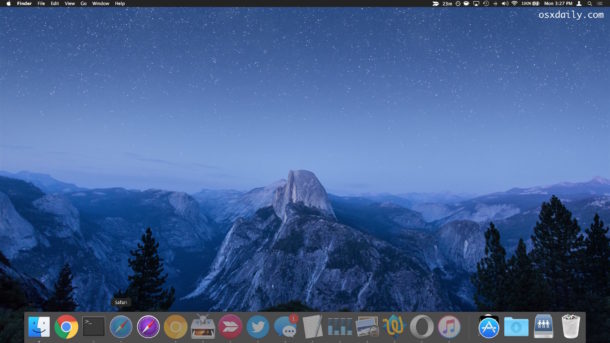
Type the F3 key (or gesture with 4 fingers down on the track pad) and Exposé will instantly tile all of your open windows, scale them down, and neatly arrange them.Display all open windows as thumbnails, view windows of the current application, or hide all windows to quickly locate a file on your desktop. The icon resources can be left out if you don't care about the icon, and the default application icon will be used.Exposé allows instant access to any open window with a single keystroke – and stunning style that can never be imitated. (The above example uses a.out as the executable, which would be located in MyApp.app/Contents/MacOS/a.out) CFBundleSignature - old-school Apple signature (4 character code that should theoretically be registered with apple).CFBundleExecutable - the name of your executable.CFBundlePackageType - the package type, which should be APPL for applications.CFBundleVersion - your version # in X.Y form.CFBundleName - the short name of the app (usually the same as your app and executable name).


Your unmodified executable can go in the MacOS directory, and you'll need to set up the following keys in the ist using a plist editing tool or editor: The basic directory structure is: MyApp.app/ In most cases, you can create a wrapper for a unix-style executable by creating the appropriate Bundle using the instructions from Apple's Bundle Programming Guide (skip over the iOS stuff and look at the Mac bundle information).


 0 kommentar(er)
0 kommentar(er)
